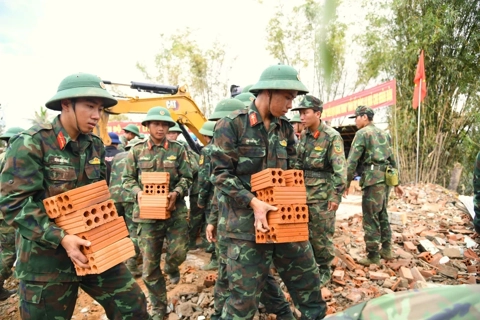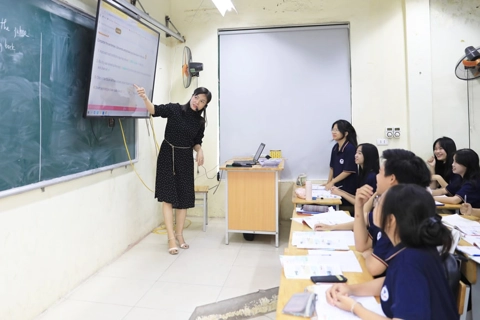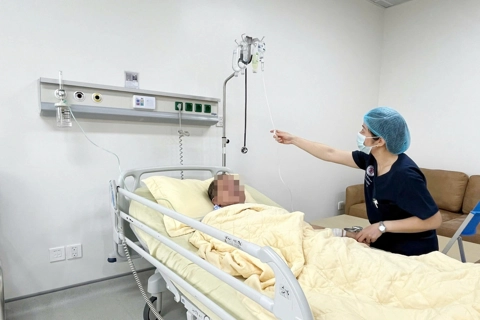Proposals for smart transport solutions in Hanoi
Hanoi needs to quickly become a smart city, in which developing ITS is one of the main pillars.
The roadmap for developing an intelligent transportation system (ITS) in Hanoi should be carried out in three phases, according to Prof. Dr. Le Hung Lan, former senior lecturer at the University of Transport and Communications.
The first phase, from 2024 to 2026, would establish a center for traffic management and operation, the installation of ITS peripheral equipment system and data source and travel passes will be connected.
The second phase, from 2027 to 2030, would involve urban tolling and the establishment of an integrated intelligent traffic operation center, basic applications for ITS development, and installation of ITS peripheral equipment.
In the third phase of 2030-2045, in addition to urban tolling, Hanoi's ITS is expected to operate effectively, ITS infrastructure will be completed, and digital traffic data applications will be enhanced.
Intelligent traffic monitoring system at an intersection. Photo: DoubleMQV |
"The development of ITS must focus on data collection, information processing and broadcasting, where a camera surveillance system is the core to collect information, establish a common information center and integrate applications to broadcast information," said Lan.
He added that ITS is the way forward for all cities around the world. The system will help reduce traffic congestion, among many other benefits for the community and businesses.
Lan emphasized that Hanoi's ambition is to quickly become a smart city, with ITS development as one of the main pillars.
Recently, Hanoi has launched a series of smart transportation applications for finding buses, the nearest route, or signal control centers, which experts say have proven useful for people and businesses.
He shared that ITS should combine intelligent vehicles and intelligent infrastructure. Both vehicles and infrastructure must run in parallel and complement each other in a sustainable way.
Transport system is the face of the city
According to the Hanoi Department of Transport, the transportation system is considered the lifeblood of the economy and the face of the city. Over the past year, Hanoi's authorities have focused on developing a modern transportation system.
Hanoi has set the goal of becoming a smart, modern city by 2030, gradually connecting with smart city networks in Southeast Asia and the world.
The ITS, which applies scientific and technological advances in traffic management, would optimize infrastructure efficiency; improve convenience for road users; reduce traffic congestion, traffic accidents, and environmental pollution. Therefore, ITS is expected to become a pillar, a foundation for other economic sectors.
According to a recent report by the Hanoi Department of Transport, traffic congestion during peak hours has become a major concern for city residents. In 2022, Hanoi had a total of 35 roads and intersections with severe traffic congestion during rush hours, and only eight of them have been relieved. In 2023, there are a total of 37 roads with severe traffic jams, and only nine have been cleared.
At the same time, the health of local people has been severely affected, as the air pollution index is five times higher than the regulation, and the concentration of PM2.5 particulate matter is about three times higher.
In terms of people's travel time, traffic congestion costs more than 1 million man-hours per year, affecting the investment environment and other social development issues.

.png)









